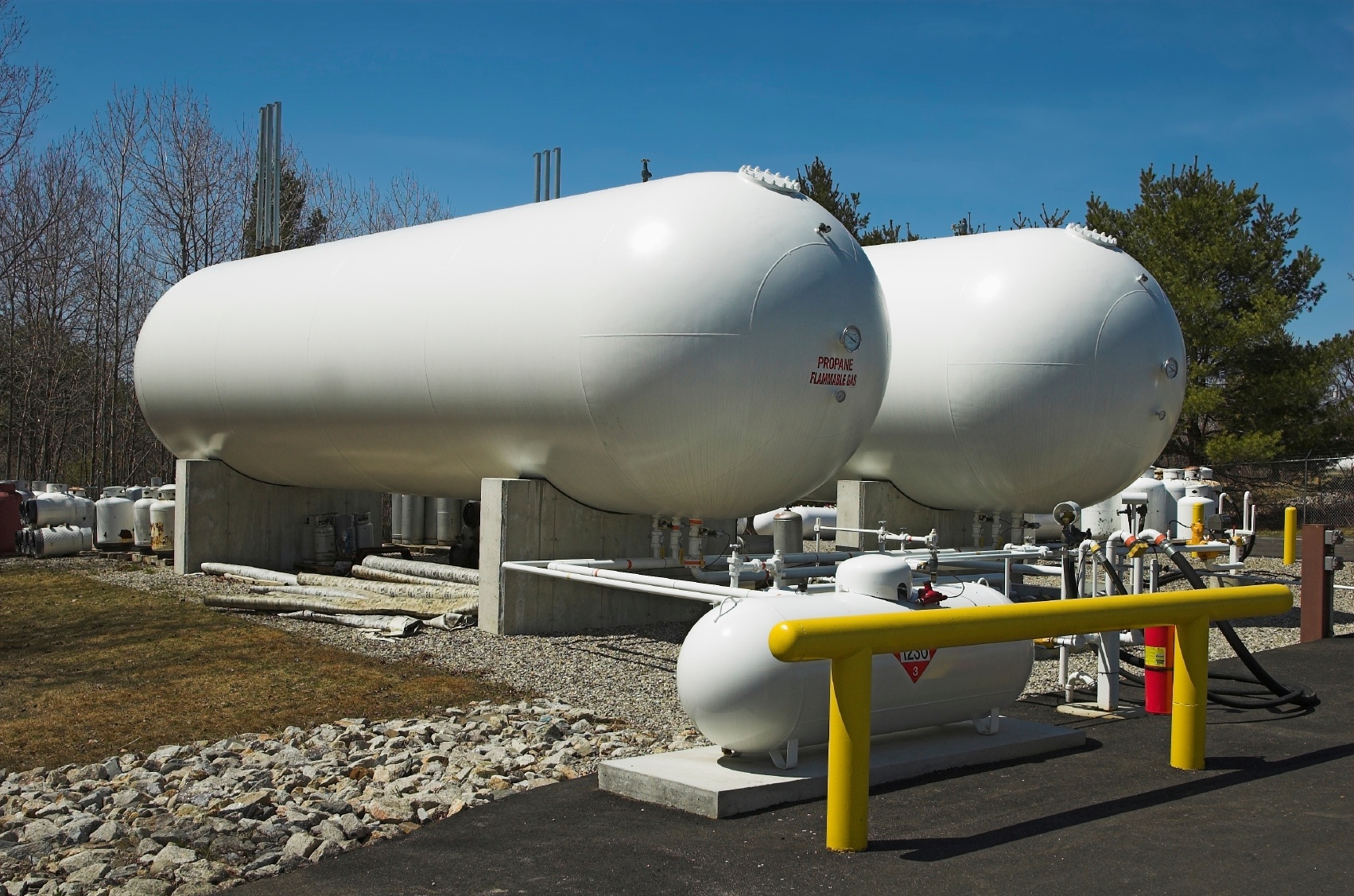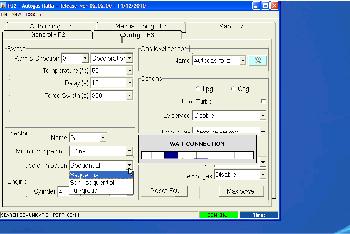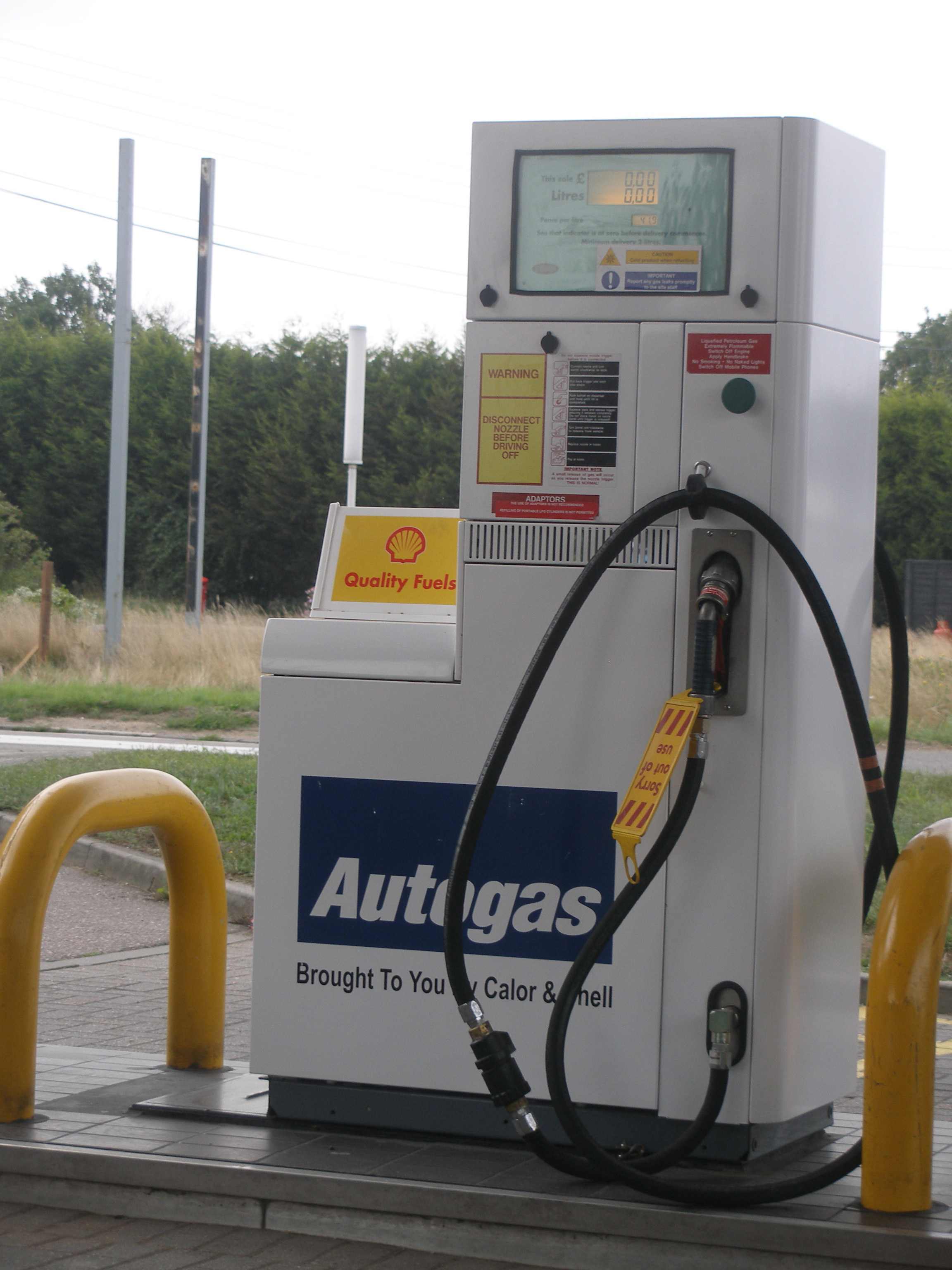- Propane Autogas
- Download Lpg Autogas Converters Free Music
- Download Lpg Autogas Converters Free Online
Suraksha lpg hose - Best quality Surkasha Lpg Hose Pipe at an Affordable Price Suraksha LPG hose available online at best price. We provide quality products which are ISI and ISO certified. A high-quality assortment of Surkasha Hose Pipe in Sonipat LPG Hose, R1 Hose, Air Brake Hose, CNG Hose, Welding Hose, Car Washing Hose, Welding hose, Surkasha Hose Pipe in Sonipat. Autogas LPG,CNG Diagnostic Software. Please note that the software on this website is not a property of LPG Shop and LPG Shop can not take responsibility for any problems caused. Software download brc new version sequent 32 free ΥΓΡΑΕΡΙΟΚΙΝΗΣΗ autogas software download brc new version 3.0.8-01 free ΥΓΡΑΕΡΙΟΚΙΝΗΣΗ autogas. Autogas LPG,CNG Diagnostic Software. Please note that the software on this website is not a property of LPG Shop and LPG Shop can not take responsibility for any problems caused by use of that software. The evolution of the autogas system The very first LPG conversion systems meant to substitute petrol with autogas as engine fuel were conceived in Italy soon after World War II, when petrol.
The evolution of the autogas system
The very first LPG conversion systems meant to substitute petrol with autogas as engine fuel were conceived in Italy soon after World War II, when petrol supply was strictly limited. The technological solutions and ideas created back then set the benchmark for a number of years to come. Their core principles are still used today in older types of cars, namely those with carburetted engines and those with single-point fuel injection and no catalyser.
Introducing an obligatory catalyser in the exhaust system of every car forced the first considerable change in petrol systems and, consequently, their autogas counterparts. The carburettor had become obsolete and was replaced by single- and multipoint injection systems, equipped with lambda sensors. The latter allowed for air-fuel mixture composition to be more precisely monitored, which in turn assures catalyser effectivity in terms of lowering harmful compounds content in exhaust fumes. As a result, LPG systems had become more electronically-governed and more precise in terms of fuel distribution. The general idea for operation did not change, however, and was still based around the original Italian concept.
Introducing stricter emission standards caused widespread introduction of on-board diagnostics systems (EOBD), responsible for monitoring combustion process quality. Autogas systems had to further evolve so that gaseous fuel could be more precisely portioned – this is how constant and sequential gaseous-state LPG injection systems came about. The latter ones have become standard nowadays and are the most common solution for modern-day engines. Sequential systems are also obligatory for converting engines with long (often variable in length) intake manifolds.
Propane Autogas
Examples of the 5th generation LPG systems – sequential injection of liquid-state autogas – are also available on the market today. In these systems, gas is vaporised before injection and vaporises strictly in the intake manifold. This strategy ensures higher energy density of fuel and allows the engine to keep its petrol performance or even top it. In terms of functionality, a 5th generation system does not differ substantially from a 4th generation one and is designed for converting engines with fuel injection, lambda sensor and EOBD system.
Looking at the evolution of LPG propulsion systems allows to categorise them in terms of technological advancement. Generally, there are five generations of autogas systems:
Generation I – manually regulated vacuum system
This is the simplest autogas system available, designed for spark ignition engines (carburetted and with both single- and multipoint fuel injection), without lambda sensor or catalyser. Gas fuel is fed into the engine at the beginning of the intake system – centrally, before the throttle. Mixture composition is provided by the reducer-vaporiser and the amount of gas is regulated manually to ensure the engine works properly across the entire revolution and load range. The system is entirely mechanically operated. However, when such a system is fitted on an engine with fuel injection, it is necessary to use an electronic switchover module which automatically switches from petrol to LPG at a predetermined engine speed (regulated with a potentiometer).
Fuel feeding place: centrally, at the beginning of the intake system, before the throttle (like gasoline in carburetted or single-point injection engines).
State of fuel delivered to the engine: gaseous
Regulation: reducer and manual gas flow regulator, the presets of which are universal (average) for the entire revolution and load range.
Application: spark ignition engines with carburettor or fuel injection (single- or multipoint), without lambda sensor and catalyser.
Advantages: simplicity, ease of conversion, low price.
Disadvantages: limited application possibilities nowadays, practically only applicable to older cars (due to imprecise mixture composition regulation, only sufficient for engines with carburetters and simple injection systems).
Generation II – electronically regulated vacuum system
Second generation systems are an evolution of their 1st generation predecessors and designed for use in spark ignition engines with fuel injection (single- or multipoint), lambda sensor and catalyser. The gas fuel is still fed at the beginning of the intake system – centrally, before the throttle. However, the regulation system has been modified to incorporate an electronic mixture composition control module. The module uses data from engine rev speed sensor, lambda sensor and throttle position sensor to regulate gas flow (by means of a stepper motor), thus ensuring optimal mixture composition, necessary for the catalyser to work properly.
Fuel feeding place: centrally, at the beginning of the intake system, before the throttle (like gasoline in carburetted or single-point injection engines).
State of fuel delivered to the engine: gaseous
Regulation: reducer and electronic gas flow regulator (stepper motor), using signals from the engine's sensors (lambda, rev speed and throttle position).
Application: spark ignition engines with fuel injection (single- or multipoint), with lambda sensor and catalyser. In certain cases it is possible to convert engines with EOBD systems, too (provided that a special emulator is used).
Advantages: simplicity, ease of conversion, low price.
Disadvantages: limited application possibilities nowadays, practically only applicable to older cars, although equipped with lambda sensors and catalysers (due to imprecise mixture composition regulation, these systems are not applicable with latest engines).

Download Lpg Autogas Converters Free Music

Generation III – constant gaseous stage LPG injection
These systems are used with spark ignition engines with fuel injection (single- or multipoint), with lambda sensor and catalyser. Unlike in previous generation systems, gas fuel is fed into individual lines of the intake manifold, near the valves. Even though fuel is fed into the engine constantly, air-fuel mixture is much better distributed among all cylinders than in previous generations. Fuel portions are electronically regulated (by means of a regulator much like the one in 2nd generation, although extended) and the system uses signals from engine's sensors (lambda, rev speed and throttle potentiometer) to calculate optimal mixture composition, which is necessary for the catalyser to work properly. Thanks to the elimination of the mixer (as compared to previous generations) engine performance is improved, while at the same time gas consumption is reduced. Fuel is fed more precisely and the phenomenon of backfire is virtually eliminated since gas fuel is injected at the end of the intake system and does not fill it.
Fuel feeding place: constant gas injection into the intake lines of individual cylinders near valves.
State of fuel delivered to the engine: gaseous
Regulation: an electronically controlled flow regulator using data from engine's sensors (lambda, rev speed and throttle position).
Application: spark ignition engines with single- or multipoint fuel injection, with lambda sensor and catalyser, also with EOBD system (emulator required).
Advantages: it is easy to use this kind of system to convert engines requiring relatively precise fuel portioning (due to long intake systems and precise airflow meters), but which have no electromagnetic fuel injectors (mechanical petrol injection).
Disadvantages: sometimes fuel portioning proves to be not precise enough. This is the last generation of autogas systems working paralelly to petrol injection systems, i. e. the gas system ECU gathers necessary data and regulates air-fuel mixture composition on its own. For this reason external emulators are required (for injectors and – optionally – EOBD, if the engine requires it).
Generation IV – sequential gaseous stage LPG injection
These are made to convert spark ignition engines with multipoint fuel injection (with lambda sensor, catalyser and EOBD system). Right now 4th generation systems are the most popular and most precise ones among all systems delivering gaseous stage LPG to combustion chambers of the engine. Fuel is injected into each intake manifold line individually, near the valves, through electromagnetically operated injectors. These are controlled by an ECU which – using only petrol injectors control signals and rev speed signal – calculates injection times for the autogas system. Fourth generation systems do not require any other signals from the engine's sensors, because – unlike previous generation systems – they are not parallel systems. This means the autogas ECU only recalculates petrol injectors signals from the original ECU into appropriate signals for the LPG injectors. The entire engine functioning strategy is actually executed by the petrol ECU, all diagnostic systems run normally and there is no need to use any external emulators (injector emulator is integrated into the gas ECU).
Fuel feeding place: sequential autogas injection into intake lines of individual cylinders, near the valves.
State of fuel delivered to the engine: gaseous
Regulation: electronic – LPG injection time is calculated on the basis of petrol injection times.
Application: spark ignition engines with multipoint fuel injection, lambda sensor, catalyser and EOBD system.
Advantages: very precise fuel dosage, ease of conversion.
Disadvantages: relatively high price.
Like 4th generation systems, these are dedicated for spark ignition engines with multipoint fuel injection, lambda sensor, catalyser and EOBD systems. Unlike in all the previous generations, autogas is fed into the engine in its liquid form, without vaporising. As in 4th generation, LPG enters the intake system at the very end, near the intake valves. The liquid gas vaporises in the stream of air flowing towards combustion chambers, thus cooling the charge and boosting volumetric efficiency (which results in performance improvement in certain rev speed ranges). Fifth generation systems are operated and controlled like their 4th generation counterparts and use petrol injectors control signals.
Fuel feeding place: sequential liquid stage autogas injection into intake lines of individual cylinders, near the intake valves.
State of fuel delivered to the engine: liquid
Regulation: electronic – LPG injection time is calculated on the basis of petrol injection times.
Application: spark ignition engines with multipoint fuel injection, lambda sensor, catalyser and EOBD system.
Advantages: very precise fuel dosage, ease of conversion.
Disadvantages: high price and limited applicability – 5th generation systems are usually dedicated for specific models of cars.
Evidently, the changes engines have undergone under the years under pressure from emission standards becoming ever stricter, equally influence the autogas technology. Works are still in progress and new systems are being developed, including those for petrol engines with direct fuel injection (also direct liquid LPG injection) and for Diesel engines (dual fuel systems mixing diesel and autogas to reduce running costs and harmful emissions). All those new applications are based around 4th and 5th generation systems, as they can be easily adapted to new working conditions just by introduction of software modifications.
- News
- About Us
- Products
- LPG reducer
- CNG Reducer
- Injectors
- Multivalve
- BIGAS Kit
- KIT Small Engine
- Sales network

Bigas International Autogas Systems develops and manufactures components and systems for converting road vehicles to LPG and CNG. Free download microsoft office templates brackets programs online.
The Company is ISO 9001:2015 accredited. This certification attests the company's commitment towards continuous improvement in the standards of its corporate processes, and ensures clients receive Bigas's quality and reliability.
Download Lpg Autogas Converters Free Online
Bigas and its systems for converting cars to LPG or CNG.
Besides traditional systems, more modern sequential systems are also available.
SGISN, EASY GAS and DIRECT GIS are Bigas sequential electronic gaseous-fuel injection systems for converting latest generation cars to LPG or CNG.
All Bigas sequential systems are able to receive and process petrol (gasoline) injection signals directly, without interfering with the ECU, OBD, stability control and traction control, and improving the efficiency and compatibility of the whole system.
At a glance: installers have the best technology on the market on hand.
Read more about approval certificates
Read MoreOur company has internaly qualified technicians able to verify each inquiry for technical assistance; they are costantly at customers' disposal.
Killing floor. Valentines updatestate of. Our technicians are able to support clients both in research activities and in our products installation.
Our technical assistance provides training to our sales network in order to inform clients on possible updating and development about the products range.
This guarantees and maintains the best possible support to the end users.
Bigas warranty, covers all the products for a time of two(2) years, in conformity with international standard.
Download
Download
Below you can find some useful links:
Eurogas.org - European Union natural gas industries
Boostlpg.co.uk - English Association for LPG
WLPGA - World Association for LPG
AEGPL - European Associacion LPG
Prensavehicular.com - LATAM magazine for gas vehicles
Iea.org - International Energy Agency
ngva.eu - Natural Gas and Biogas Vehicle Association
ngvamerica.org - Natural Gas Vehicle America

